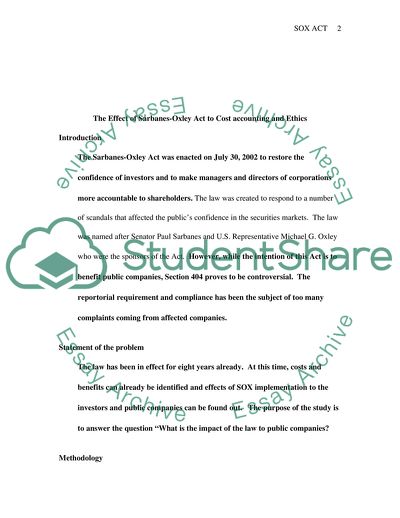Cite this document
(The Effect of Sarbanes-Oxley Act to Cost accounting and Ethics Research Paper, n.d.)
The Effect of Sarbanes-Oxley Act to Cost accounting and Ethics Research Paper. https://studentshare.org/law/1726981-cost-accounting
The Effect of Sarbanes-Oxley Act to Cost accounting and Ethics Research Paper. https://studentshare.org/law/1726981-cost-accounting
(The Effect of Sarbanes-Oxley Act to Cost Accounting and Ethics Research Paper)
The Effect of Sarbanes-Oxley Act to Cost Accounting and Ethics Research Paper. https://studentshare.org/law/1726981-cost-accounting.
The Effect of Sarbanes-Oxley Act to Cost Accounting and Ethics Research Paper. https://studentshare.org/law/1726981-cost-accounting.
“The Effect of Sarbanes-Oxley Act to Cost Accounting and Ethics Research Paper”. https://studentshare.org/law/1726981-cost-accounting.


